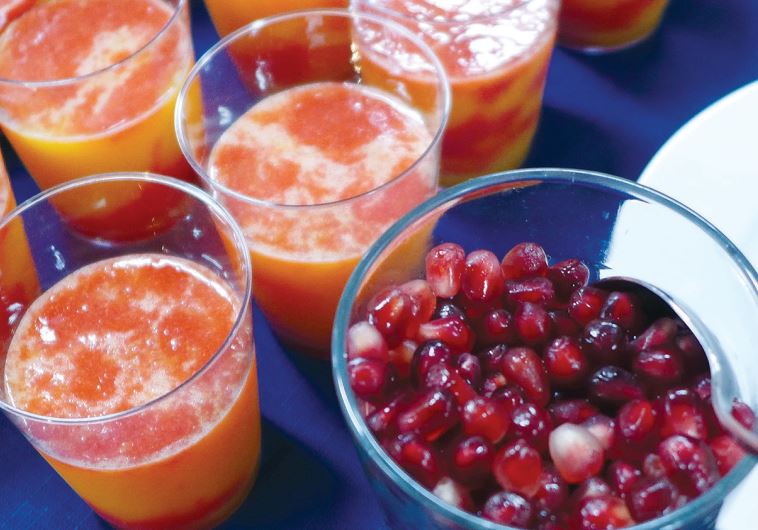Dieting the Mediterranean way
The Mediterranean diet is “a modern eating plan based on the traditional diet and lifestyle of the countries bordering the Mediterranean Sea.”
 ‘Fruit cocktail’ with fresh pomegranate seeds, strawberries, orange juice and sugar.(photo credit: YAKIR LEVY)
‘Fruit cocktail’ with fresh pomegranate seeds, strawberries, orange juice and sugar.(photo credit: YAKIR LEVY)